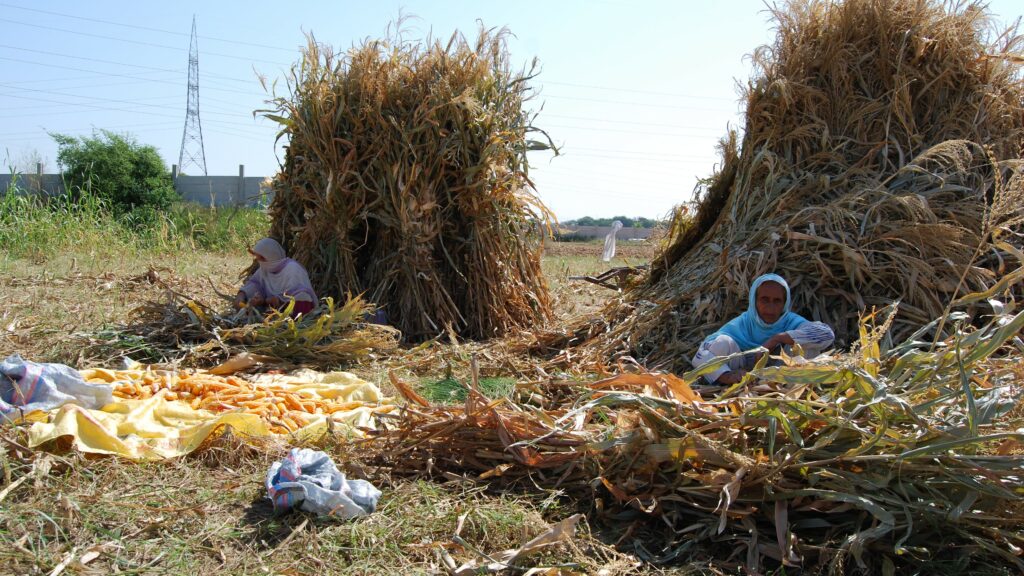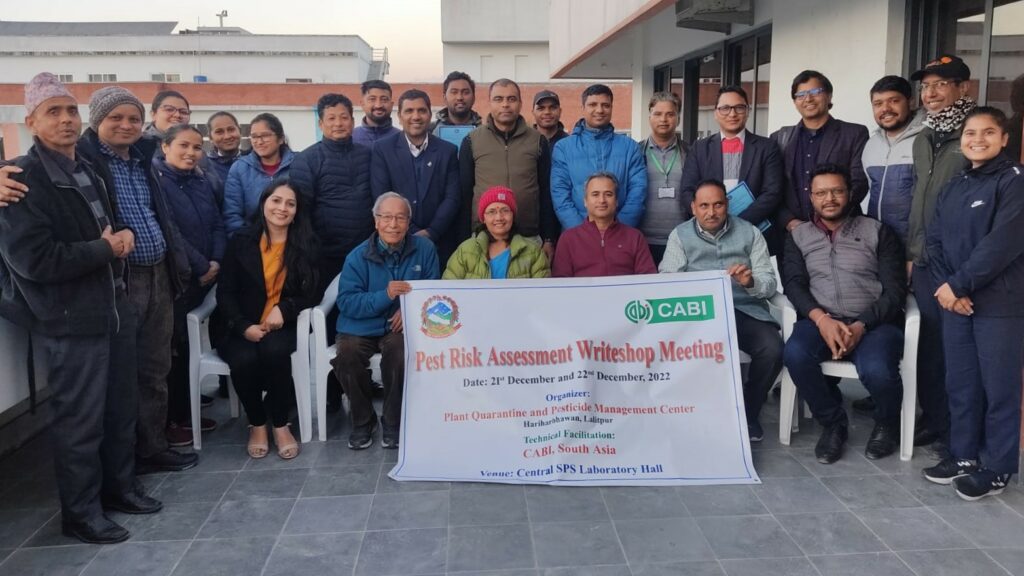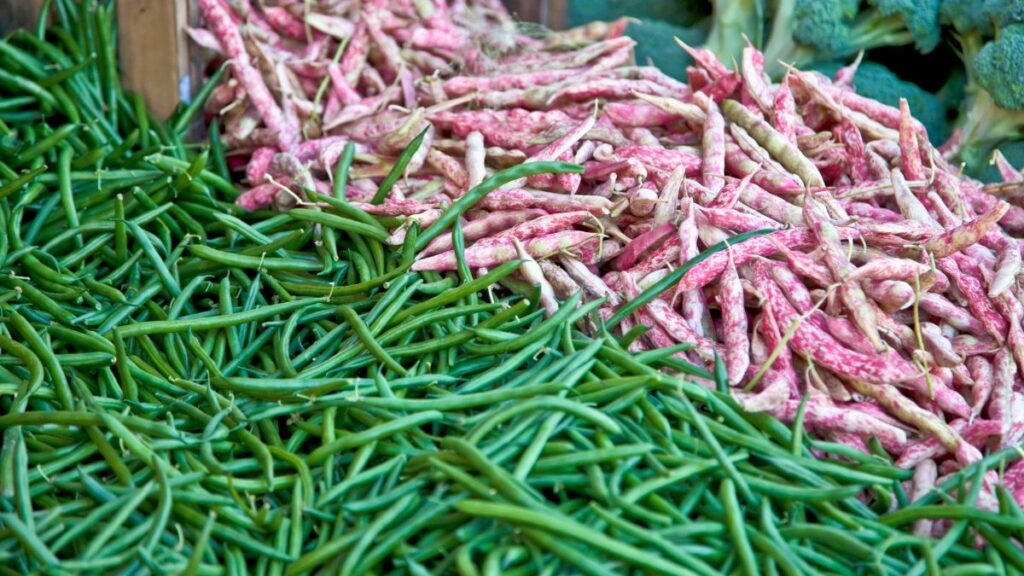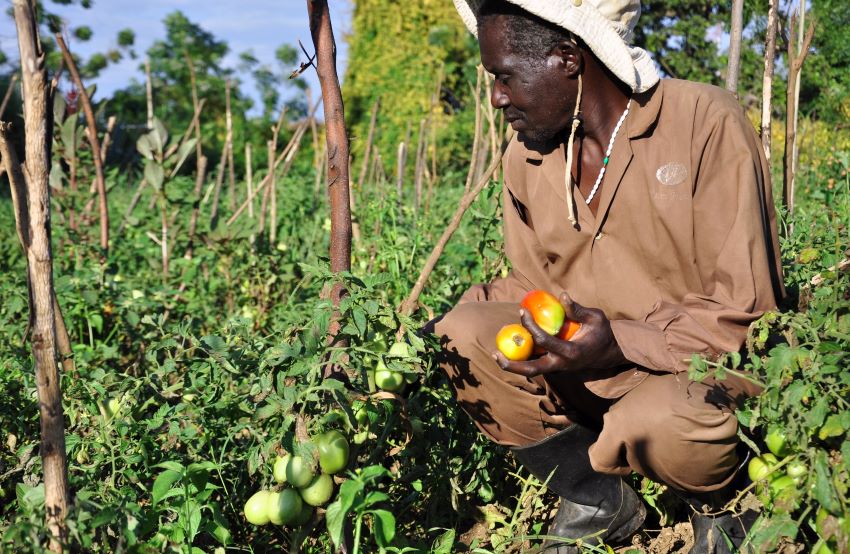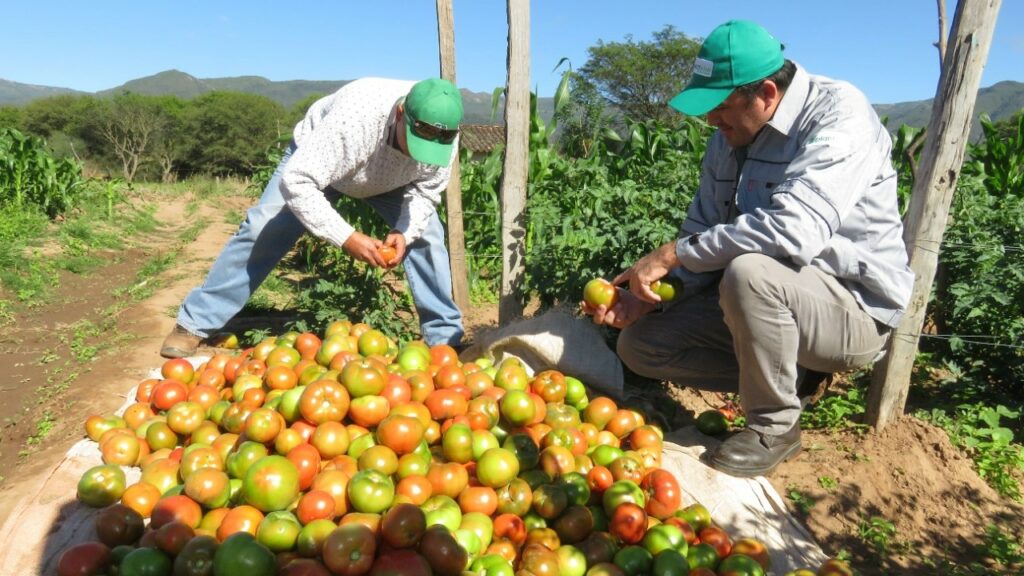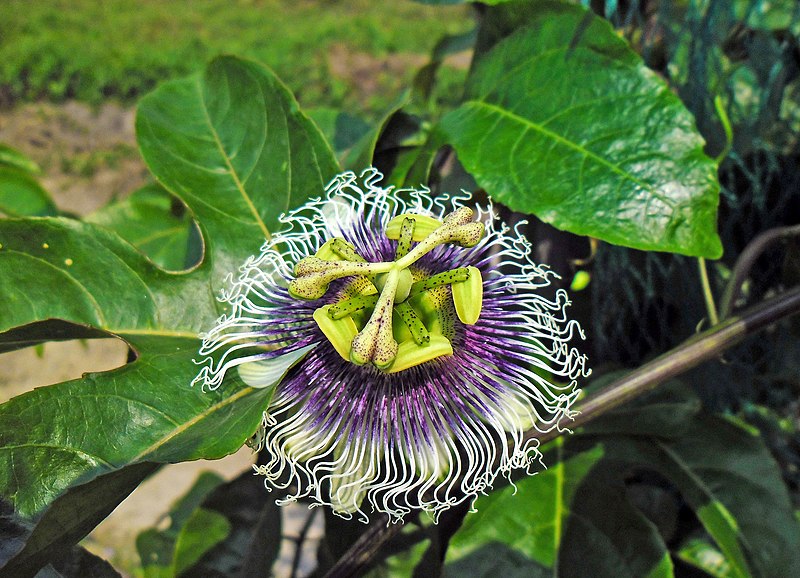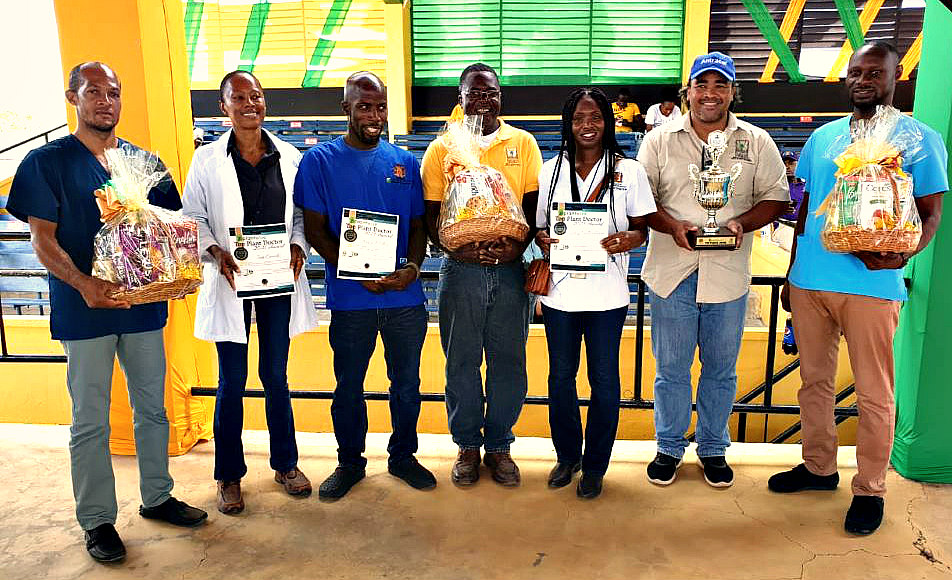Women farmers in Pakistan aren’t realising their potential – here’s why
Women farmers in Pakistan are finding it difficult to access agricultural support. The needs of male farmers dominate most advisory services and socio-cultural set up due to restricted mobility of women farmers. This is a challenge in many low- and middle-income countries. And it contributes to a gender gap in agricultural productivity. Women-managed farms are…
Update: New Pest & Disease Records (12 January 2022)
We’ve selected a few of the latest new geographic, host and species records for plant pests and diseases from CAB Abstracts. Records this month include the first report of Sclerotinia sclerotiorum on Atractylodes lancea in China and the first report of carrot torrado virus 1 (CaTV1) naturally infecting carrots in Spain.
PlantwisePlus most read blogs of 2022
As 2022 draws to a close, we have crunched the numbers to present the most-read articles on the PlantwisePlus Blog this year. Plus a few firm favourites. Articles on the PlantwisePlus tools and plant doctor training across the globe were some of the most read during 2022, as were those covering the work Plantwise continues…
Tuta absoluta in the Americas
Tackling the tomato pest, Tuta absoluta, with natural pesticide alternatives in the Americas Tuta absoluta (also known as Phthorimaea absoluta) is one of the most devastating plant-eating pests worldwide. It affects tomato plants and fresh tomatoes. And it causes high levels of crop production loss. Without stemming the spread, its effects are devastating.
Update: New Pest & Disease Records (05 December 2022)
We’ve selected a few of the latest new geographic, host and species records for plant pests and diseases from CAB Abstracts. Records this month include information about a new virus disease of sunflower from Nebraska and the isolation and identification of the top blight pathogen of Passiflora edulis.

